backpacking Food Storage Systems: Bear canisters vs. Ursacks vs. Conventional Hangs in Different Ecosystems
In the great outdoors, where the call of adventure echoes through the rustling leaves and the rustle of paws stirs the underbrush, the need for effective food storage becomes paramount. Nature is not only a breathtaking backdrop but also a home for curious critters, from aspiring raccoons to opportunistic bears, each plotting to pilfer your carefully packed provisions. As backpackers forge their way through varying landscapes—from the rugged mountains of the Sierra Nevada to the dense forests of the Appalachian Trail—they face a vital decision: how to best safeguard their sustenance against the wilderness’s relentless foragers.This article will explore the merits and limitations of three popular food storage systems—bear canisters,Ursacks,and traditional hanging methods—all while examining how climate,habitat,and wildlife behaviour influence their effectiveness. Whether you’re a seasoned hiker or a casual camper, understanding thes systems within the context of different ecosystems will equip you with the knowledge to protect your food and embrace the wild with confidence. So, pack your gear, lace up your boots, and let’s delve into the intricate world of backpacking food storage.
Exploring the Necessity of Food Storage in Bear Country
When venturing into bear country,understanding the nuances of food storage is vital for both personal safety and environmental preservation. bears are opportunistic feeders with an acute sense of smell, leading to a high potential for encounters if food is not properly secured.Implementing effective storage methods not only minimizes the risk of attracting these powerful animals but also plays a crucial role in safeguarding the ecosystem.In general, backpackers in these regions must choose from various food storage options, each with its strengths and weaknesses tailored to specific environments. It’s essential to select a method that aligns with the regulations of the area you are exploring for the best results.
Key options for food storage in bear country include:
- Bear canisters: durable,bear-proof containers that prevent bears from accessing food while offering convenience for backpackers.
- Ursacks: Soft, lightweight bags made from resistant material that can be tied to trees, offering versatility in storage while still providing a decent level of protection.
- Traditional Hangs: A method requiring skill in tying and hoisting food bags high in trees,effective if executed properly but less reliable than canisters or ursacks.
| Storage Method | Weight | Bear resistance | Ease of Use |
|---|---|---|---|
| Bear Canister | Moderate | High | Easy |
| Ursack | Light | Medium | Medium |
| Traditional Hang | Light | Variable | Hard |
Ultimately, when preparing for an adventure in bear territory, the chosen food storage method should reflect personal preferences, the specific characteristics of the ecosystem, and an understanding of bear behavior. By prioritizing safe practices when it comes to food storage, adventurers ensure not only their safety but also contribute to the responsible preservation of wildlife and its habitats.

Comparative Analysis: Bear Canisters,Ursacks,and Traditional Hanging
When it comes to selecting the ideal food storage solution for backpacking,adventurers frequently enough debate between bear canisters,ursacks,and the traditional hanging method.Each system has its unique challenges and advantages that cater to different ecosystems and personal preferences. Bear canisters are a robust choice, renowned for their certified bear-resistant designs, which can deter even the most determined wildlife. Their hard exterior protects food from not just bears but also rodents and other opportunistic animals. In contrast, ursacks, made from a durable, lightweight material, offer a more adaptable option, allowing hikers to pack more flexibly and suited to varied environments, particularly where tree branches are sparse. Though, when using an ursack, it’s crucial to tie it to a sturdy anchor, or the user risks it being easily dragged away by clever critters.
Traditional hanging methods seem straightforward and have been the go-to for many generations, yet they come with their own set of complications. Factors such as the absence of suitable trees and the risk of improperly securing the food bag can lead to disastrous encounters with wildlife. The effectiveness of hanging depends heavily on location, requiring a careful selection of trees and rope techniques. To provide clarity on their pros and cons, the table below succinctly summarizes these three methods:
| Method | Pros | Cons | ||||||||
|---|---|---|---|---|---|---|---|---|---|---|
| Bear Canisters |
|
|
||||||||
| Ursacks |
|
Ecosystem-Specific Recommendations for Choosing the Right SystemWhen venturing into mountainous regions with abundant wildlife, bear canisters are frequently enough your best ally. These sturdy, rigid containers not only provide excellent security against curious bears but also withstand the rigors of rugged terrain. It’s essential to ensure the canister meets the regulatory standards of specific national parks, as many have strict guidelines on acceptable food storage methods. For example:
In contrast, when traversing grassy hills or open forests where food theft is predominantly from smaller animals, an Ursack may be more appropriate. These lightweight fabric sacks, designed to prevent rodents and small critters from accessing your food, excel in environments where traditional hangs might not be feasible due to a lack of reliable trees. It’s advisable to consider the weight of your gear in these areas, making ursacks an attractive choice for ultralight backpackers. Consider the following when selecting an Ursack:
Best Practices for Food Storage Safety in the WildernessKeeping food safe from wildlife is paramount in wilderness settings, and following certain practices can make all the difference. First, it is indeed critically important to choose the right storage method based on the ecosystem. As a notable example, bear canisters are ideal in densely populated bear areas due to their sturdy structure, while Ursacks excel in less bear-prone regions, providing a lightweight choice. Always store food away from sleeping areas to prevent curious animals from becoming an unwelcome nighttime visitor. Additionally, maintain cleanliness by washing dishes immediately and minimizing food odors; this can be achieved through proper waste disposal and using scented products sparingly. Understanding local wildlife behavior is also crucial.For example, in regions with raccoons, you may want to employ elevated food hangs to further deter scavengers. An effective approach is to adopt a three-step system: properly seal food inside containers, elevate bags to a minimum of 10 feet when hanging, and ensure that the chosen tree branch is at least 4 feet from the trunk to prevent animals from climbing. It’s wise to keep a small inventory checklist of food items to ensure nothing is left behind, as leftover food can attract unwanted visitors.Following these precautions can greatly reduce the likelihood of a wildlife encounter, allowing for a safer and more enjoyable wilderness experience. To Wrap It UpAs we conclude our exploration of backpacking food storage systems, it’s clear that the choice between bear canisters, Ursacks, and traditional hangs is not merely a matter of preference, but rather an intricate dance with the diverse ecosystems we traverse. Each method carries its unique advantages and limitations, shaped by the habitats we navigate, the wildlife that shares them, and our personal camping styles. In bear-heavy regions, canisters offer solid assurance, while the flexibility and lightweight design of Ursacks provide a compelling alternative in less bear-populated areas.Conversely, traditional hanging methods may evoke nostalgia and connection with time-honored practices, yet they demand skill and situational awareness. Ultimately, the best solution could very well depend on where your adventures take you and what priorities you hold dear—be it weight, ease, or effectiveness. As you gear up for your next journey, remember that food storage is more than just a precaution; it’s a key component of a respectful coexistence with nature. By carefully selecting the appropriate method for your chosen ecosystem, you not only safeguard your provisions but also contribute to the environmental stewardship vital for maintaining the balance of these wild spaces.So, embrace the challenge, make your choice, and let the trails ahead guide you toward your next unforgettable experience in the great outdoors. Safe travels and happy trails! |



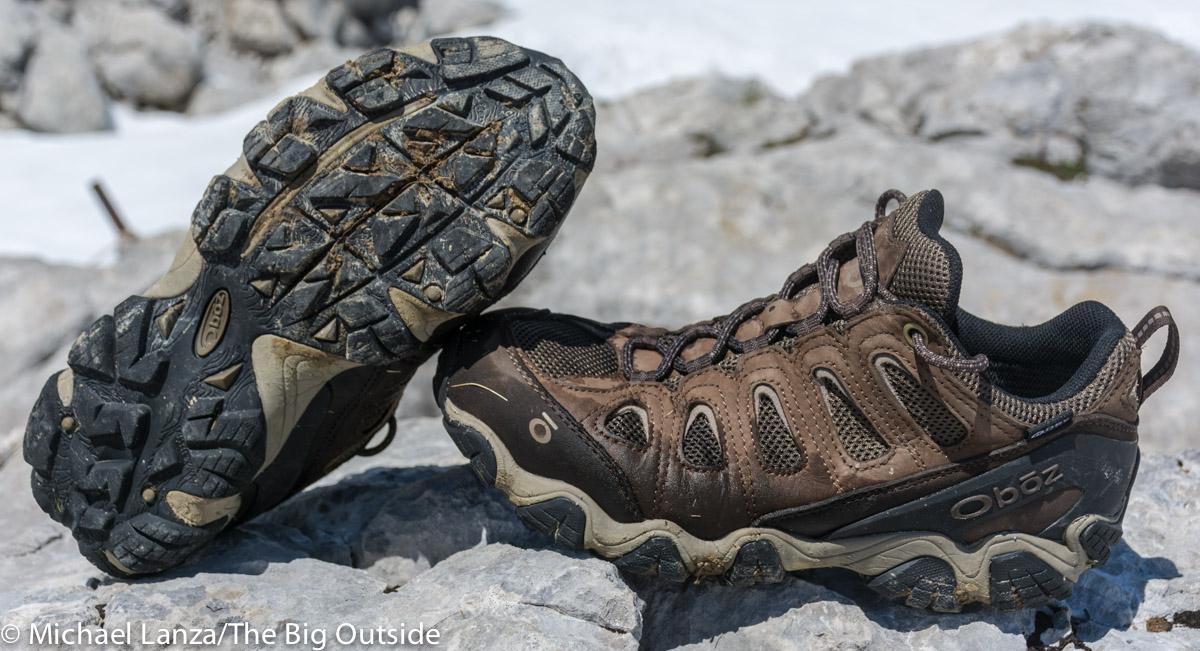
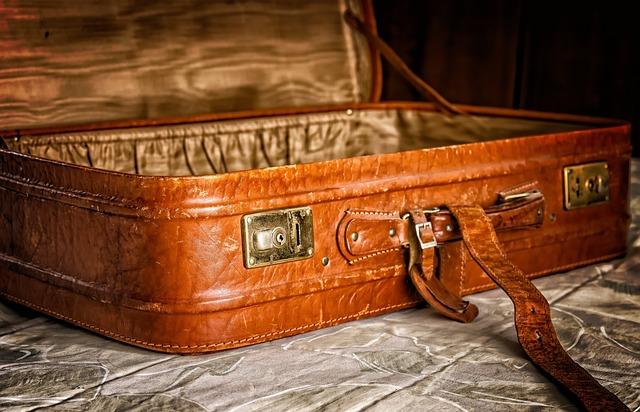
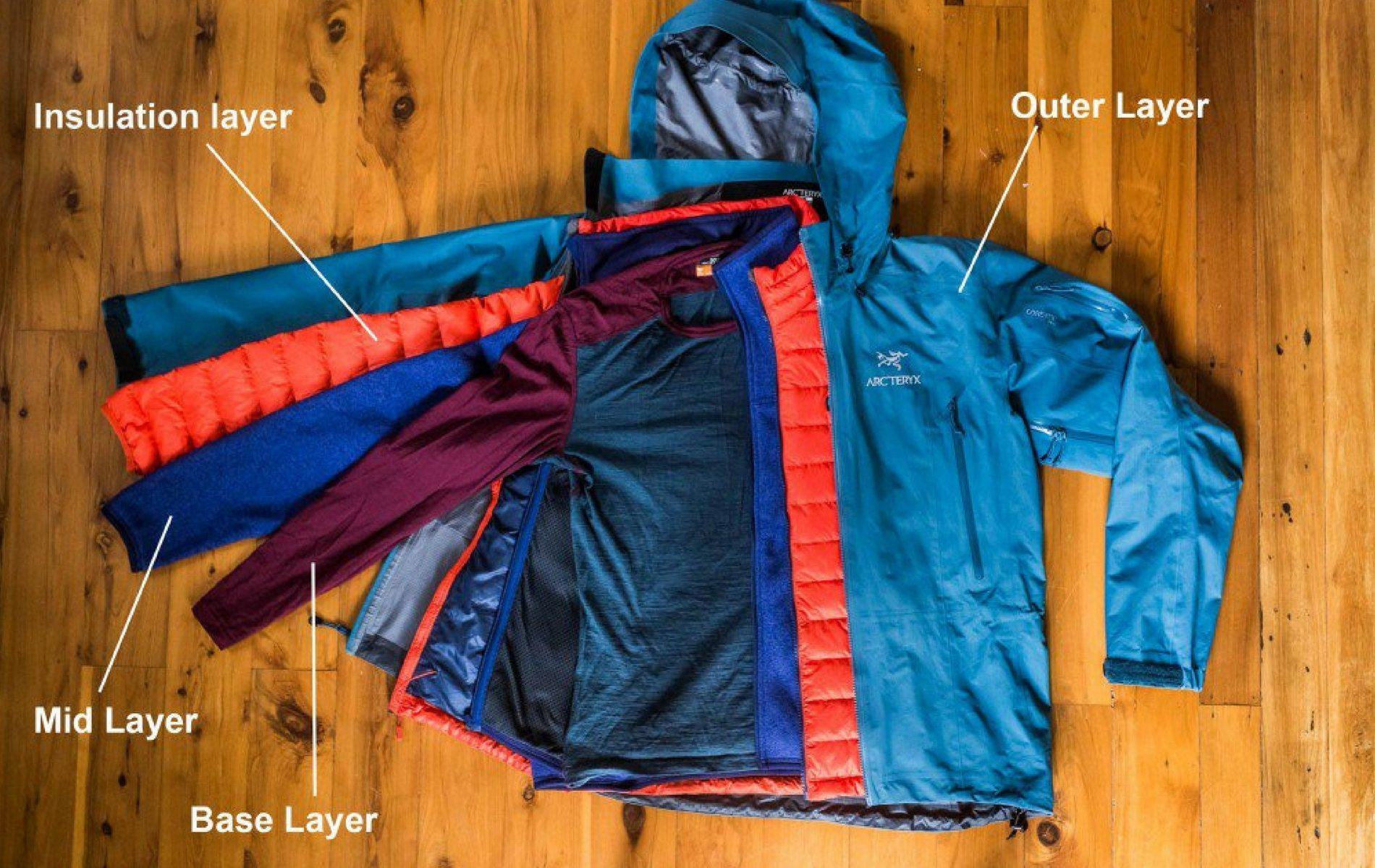

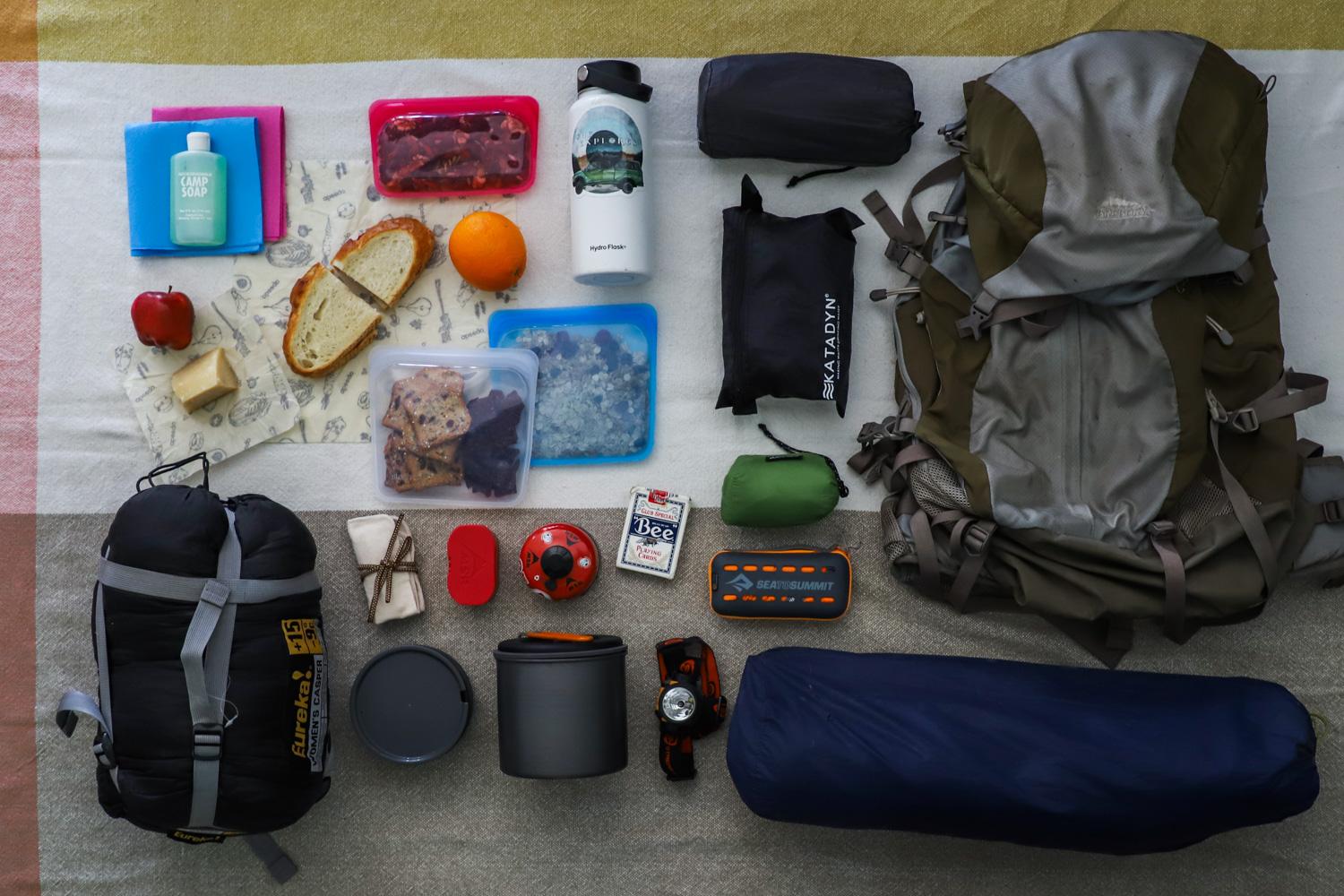





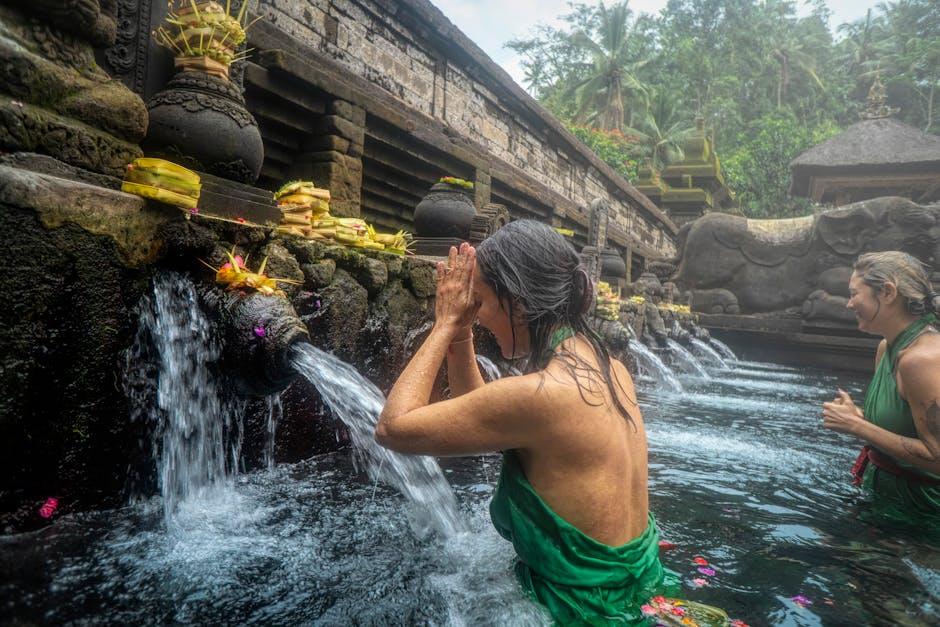

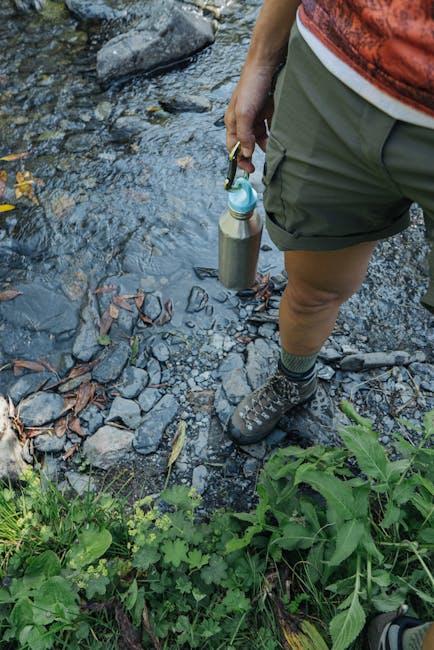
Leave feedback about this